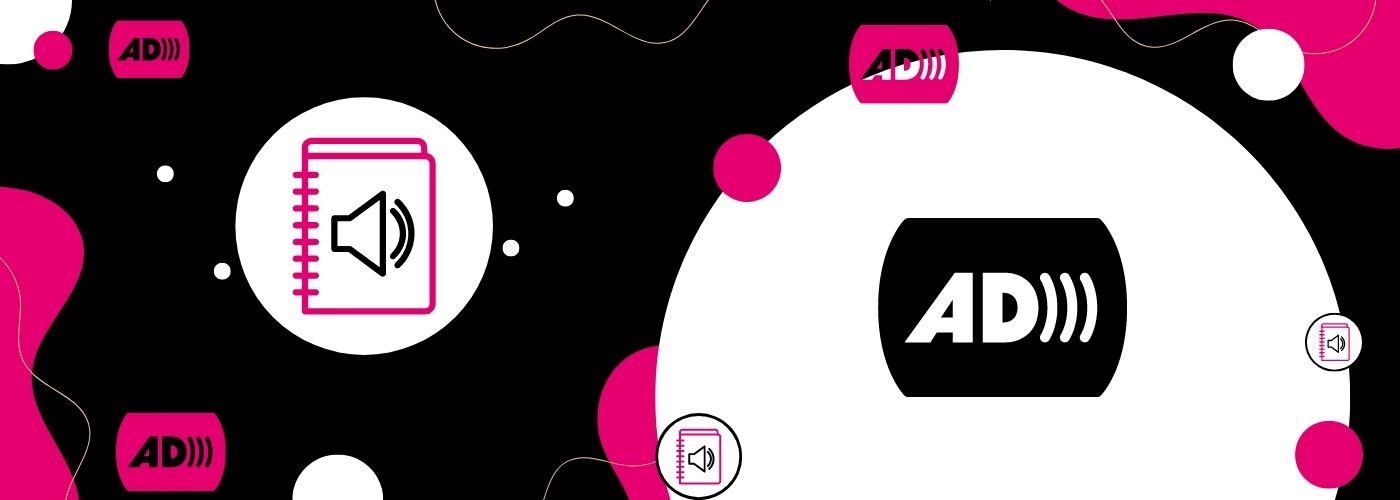Audio Description as a Form of Audiovisual Translation with Dr. Joel Snyder
Every month, we welcome a new guest to 3Play Media’s Allied Podcast. In June 2022, we met with Joel Snyder, Ph.D., known internationally as one of the world’s first audio describers.
Dr. Snyder is a pioneer in the field of audio description, a translation of visual images to vivid language for the primary benefit of people who are blind or have low vision. Since 1981, he has introduced audio description techniques in over 40 states and 64 countries and has made thousands of live events, media projects, and museums accessible.
In 2014, the American Council of the Blind published Dr. Snyder’s book, The Visual Made Verbal – A Comprehensive Training Manual and Guide to the History and Applications of Audio Description. His Ph.D. is from the Universitat Autonoma de Barcelona with a focus on audiovisual translation/audio description. Dr. Snyder is the President of Audio Description Associates, LLC and serves as the Founder/Senior Consultant of the Audio Description Project of the American Council of the Blind.
In his episode “The What, How, and Why of Audio Description,” Dr. Snyder shared what audio description is, how it works, and why it matters for accessibility. Dr. Snyder focused on audio description as a form of audiovisual translation, which we’ll discuss below in more detail.
How does Audio Description Work?
In his episode, Dr. Snyder discussed how audio description can be delivered to audiences. Describers can perform audio description live (scripted), pre-recorded, or extemporaneously, meaning the describer doesn’t have a written-out description from which to read. For example, Dr. Snyder described President Barack Obama’s inaugurations extemporaneously. He shared with Elisa his experience of preparing for the extemporaneous description:
“Doing extemporaneous description does not mean doing it without preparation. Preparation is key,” Dr. Snyder said. “I worked closely with the White House. I wasn’t able to attend a rehearsal, if you will, or preview the inauguration. But I knew the order of events. I knew the names and the pronunciations of people that would be featured, and that gave me a good solid background.”
Additionally, Dr. Snyder discussed using synthesized speech or human describers for audio description, a controversial topic. Each has pros and cons, including cost, audience preference, media format, and ability to capture nuance and subtlety.
Audio Description as a Form of Audiovisual Translation
A central theme in Dr. Snyder’s episode was the concept of audio description as a form of audiovisual translation and the difference between how audio description is studied and viewed in the United States versus in other countries.
“Audio description… has become studied as an academic discipline as a form of audiovisual translation. It is a translation of visual images to words,” Dr. Snyder said. “So it’s been embraced by that academic community, the community of scholars and practitioners throughout the world who do subtitling, they do dubbing. And now, audio description is all a part of that field as well.”
While audio description is not about translating one language to another, it is a kind of localization similar to subtitling and dubbing. Media created in one language can be appreciated worldwide through localization, just like how people who are blind can enjoy media through audio description.
Dr. Snyder even shared that the American Translators Association recently created a new division for audiovisual translation. He has spoken at their conferences and will give a keynote presentation in the fall of 2022 on audiovisual translation as audio description.
Listen to the Allied episode below or read the transcript to learn more about audio description, audiovisual translation, and Dr. Snyder’s career as a professional describer.






